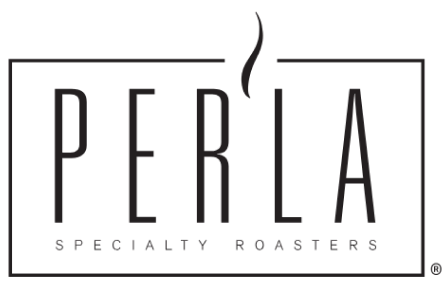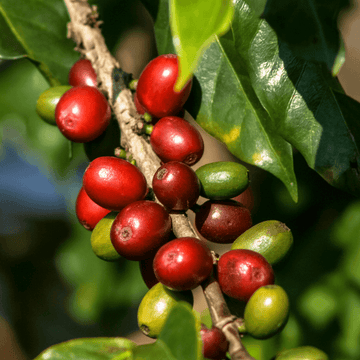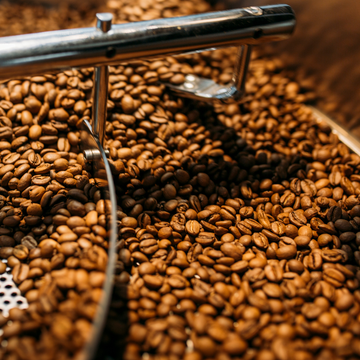As someone who works with coffee every day, I often get asked what the real difference is between cold brew and iced coffee. While both are served cold, they’re actually very different in how they’re made, how they taste, and even how they affect your body. In this post, I’ll walk you through the key differences so you can better understand which one suits your taste, your needs — or your menu.
Health and Nutrition Differences
Acidity: Cold brew is much lower in acidity than hot-brewed coffee. Studies show cold brew has “over 60% less acidic” compounds than regular coffee . This makes cold brew smoother and easier on sensitive stomachs or if you suffer from acid reflux. By contrast, iced coffee (hot brew poured over ice) retains the higher acidity of hot-brewed coffee, giving it a brighter, tangier edge.
Calories: Both drinks are essentially calorie-free when served black. A 16 oz cup of unsweetened cold brew or iced coffee has only about 5 calories (more comes from any added milk, cream or sugar).
Health impact: Both provide caffeine and antioxidants. Cold brew’s antioxidants (chlorogenic acids, etc.) are similar to those in hot coffee. However, one study found hot-brewed coffee had slightly higher antioxidant capacity than cold brew , meaning that the hot water used to brew the iced coffee may extract a broader range of these compounds. In practice, moderate coffee intake of either kind is linked to benefits like improved alertness and lower risk of type 2 diabetes, Parkinson’s, and some liver diseases.
Caffeine Content
Cold brew generally contains more caffeine per ounce than iced coffee. The cold-steeping process uses a much higher coffee-to-water ratio (and longer contact time) than normal drip brewing . For example, a 16 oz cold brew may have about 205 mg of caffeine, versus roughly 185 mg in a 16 oz iced coffee . In practice, sources note cold brew often has ~50 mg more caffeine in the same volume . (Actual caffeine varies widely by bean, grind, and steeping time.) Because cold brew is concentrated, bars often dilute it with water or ice when serving. A very strong batch of cold brew concentrate can exceed 300 mg in a large serving , so it’s wise to check labels or ask a barista if caffeine is a concern.
Taste profiles
Cold Brew: Smooth and naturally sweet. Cold brew’s cool, slow extraction pulls out fewer bitter acids, so it tastes mellow and full-bodied . Many describe it as having creaminess and rich dessert-like notes (chocolate, caramel or nutty flavors) . It lacks the bright sharpness of hot-brewed coffee, giving it a round, gentle flavor.
Iced Coffee: Bright and crisp. Because it’s brewed hot, iced coffee retains the classic acidity and aromatics of freshly brewed coffee . Its taste is more “traditional”–tangy and lively, often with fruity or cola-like notes when unsweetened. Many people balance this sharper flavor by adding milk, cream or sweeteners, which makes iced coffee taste richer and smoother.
Preparation Methods
Cold Brew: Coarsely ground coffee is steeped in cold or room-temperature water for 12–24 hours (we recommend 16 hours for our Cold Brew Blend). No heat is used. After steeping, the grounds are filtered out, yielding a very strong coffee concentrate. Simple tools like a glass jar, French press or specialty cold-brew maker are sufficient. (Because the brew is so concentrated, it’s often diluted with water or ice before drinking.)
Iced Coffee: Brewed in the usual way with hot water (drip machine, pour-over, etc.), then chilled. You can brew over ice (“flash brew”) or brew hot and pour it over ice . This whole process takes only minutes. Since ice will melt and dilute the coffee, many iced-coffee recipes use extra-fine grounds or a double-strength brew to keep the flavor bold. In short: cold brew takes a long time without heat; iced coffee is a quick hot brew followed by cooling.





